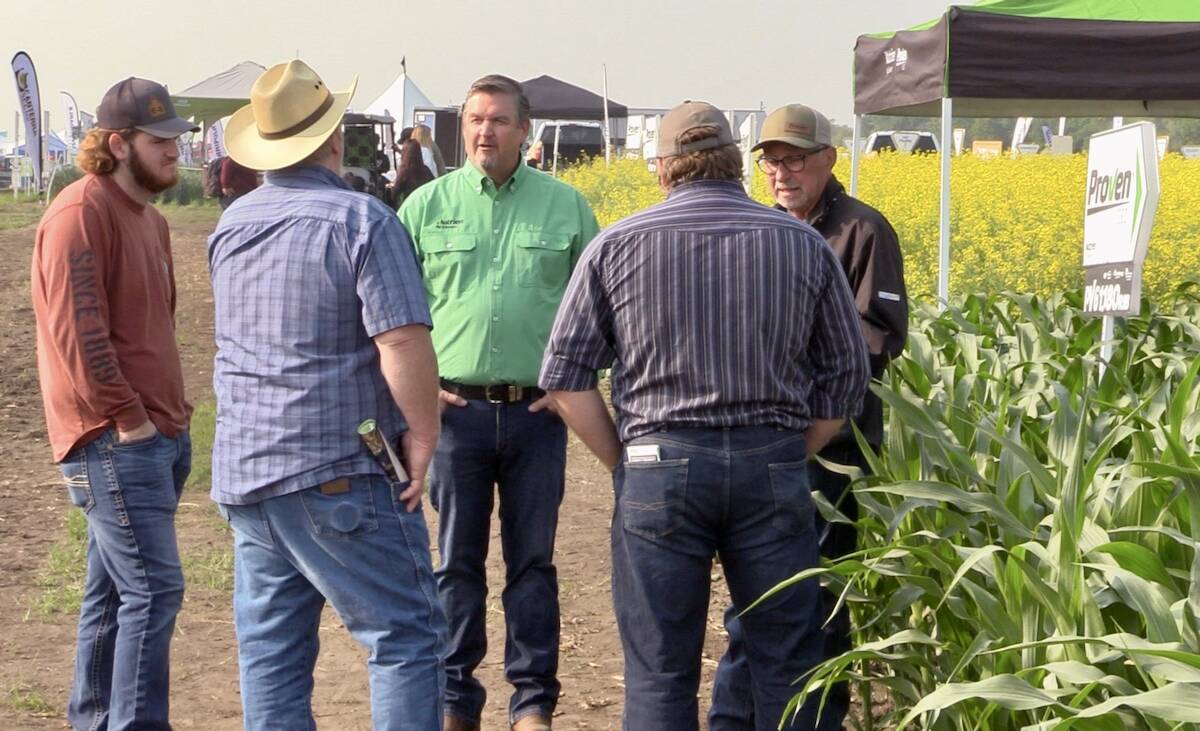Farmers will have to do more of their own agronomic research when the federal government removes efficacy testing from the fertilizer registration process, say Canadian crop researchers.
The change, slated for next April, will bring many new fertilizers and crop products into the Canadian market and make new products available more quickly.
However, not all of them will live up to their promises.
“The danger that you run with a system like that is that you’re going to have a whole bunch of products that have no impact. I guess it’s buyer beware,” said Rigas Karamanos, agronomy manager with Viterra.
Read Also

Interest in biological crop inputs continues to grow
It was only a few years ago that interest in alternative methods such as biologicals to boost a crop’s nutrient…
The Canadian Food Inspection Agency will test and approve products for safety, but efficacy will have to be determined elsewhere. And that elsewhere, in many cases, will be farmers’ fields.
Karamanos had two pieces of advice for those at a Farming Smarter field school in Lethbridge July 10.
“Number one is try them in small scale. Number two is replicate.”
He said many U.S. products are likely to become available to Canadian growers, many of them from the U.S. horticultural industry.
He warned that any product used in greenhouse conditions in soil-less media will have a plant response, but those conditions are far different than commercial field-scale agriculture in Western Canada.
“From now on, you’re going to be the researchers,” Karamanos said.
“You will have to decide with your own research whether you’re going to be benefiting from these products.”
Fertilizers and treatments that are part of specialized programs should be approached with caution, he added. Sellers can easily blame the producer for not following “the program” as a way to explain poor results.
“That’s a very easy way out,” he said.
Ray Dowbenko of Agrium advised farmers to read labels and get second opinions when using new fertilizers and micronutrient treatments.
“All the products have claims, have labels. As Rigas says, some of them are works in process. Other ones have science behind them. Really, the onus is on you to do some evaluation for these different products and do some research before you start.”
Alberta Agriculture agronomy research scientist Ross McKenzie suggested farmers put products into four categories, ranging from ones that are likely to work on their particular farm to those in the “not a chance in hell” category.
He said farmers should seek out second opinions and advice from third parties before trying a new product. And when they do, try it first on a small scale.
Karamanos summed up the message about research.
“Ladies and gentlemen, things are going to get worse because that research doesn’t exist anymore. Government has reduced research. Universities have reduced research. And private industry, there’s no more research happening there either.”

















